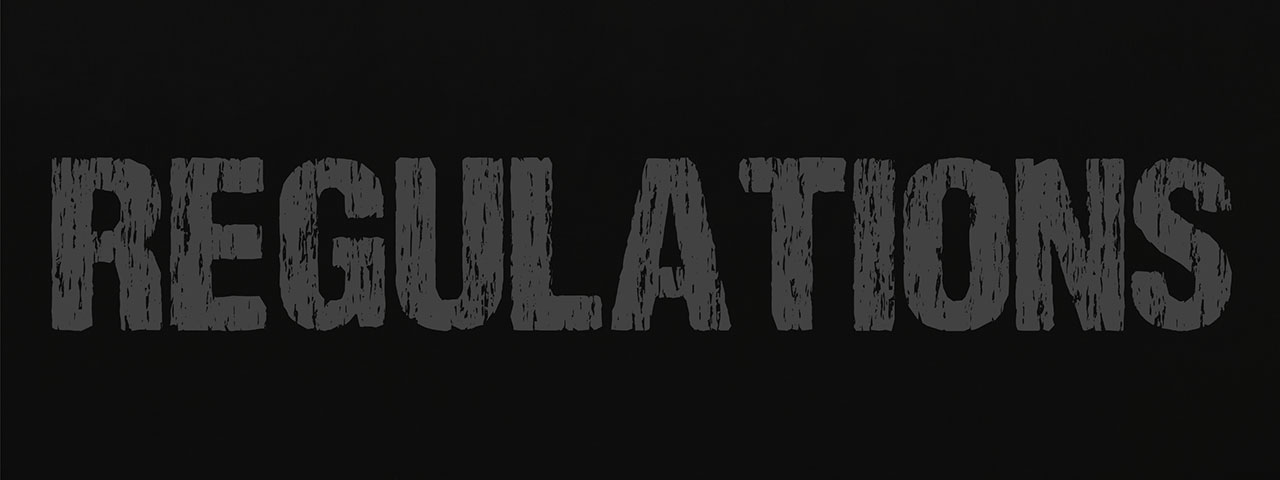
SEC to Revisit Rule 10b5-1: 4 Things to Know
June 25, 2021
Are changes coming to Rule 10b5-1? It seems so, as the Securities and Exchange Commission (“SEC”) recently indicated that that the Rule, first adopted in 2000, is due for a makeover.
A Brief Background of Rule 10b5-1
Rule 10b5-1 was adopted by the SEC in 2000 and permits insiders of publicly traded corporations to establish an advance trading plan to make trades in shares of the company’s stock. The basic premise of 10b5-1 is to allow employees and board members who have limited access to trading windows the ability transact in the company’s stock in a way that creates an affirmative defense to claims of insider trading.
While Rule 10b5-1 has largely appeared to serve it’s intended purpose, some gray areas around practices exist. These gray areas have been the subject of discussion and scrutiny in recent years as transactions within these plans have been scrutinized by regulators, shareholders and the public.
In a recent speech, SEC Chair Gary Gensler said that he’d be directing his staff to provide recommendations on how to freshen up Rule 10b5-1. We can expect that many of these gray areas will likely be addressed in this analysis.
Although Rule 10b5-1 itself may not require certain practices, some companies have still opted to proactively implement some perceived “best practices” in administering 10b5-1 plans. It’s possible (hopeful) that the SEC will incorporate some or all of these practices into the Rule.
4 Possible Additions to Rule 10b5-1
A recent article by Steve Seelig and Gary Chase of WillisTowersWatson recently outlined four areas under consideration in a 10b5-1 refresh (“SEC considering plans to address 10b5-1 plan rule issues”):
Create a cooling off period. Rule 10b5-1 currently does not require any waiting period between when a trading plan is created and when trading of shares can occur. According to Seelig and Chase, “Gensler noted that data indicates a significant number of sales under these plans happen within 30 or 60 days of a plan's inception. The staff is considering proposing a four-to-six-month waiting period.”
Install parameters around cancellation of a pending sale. Currently, Rule 10b5-1 is silent on whether a trade can be cancelled after it’s “pending” under a trading plan (based on the parameters outlined in the plan). As such, there is nothing to prevent this scenario. Best practices suggest that modifying plan terms after inception, including changing one’s mind about a pending transaction, opens the door to increased scrutiny. Why is the trade being cancelled? Did the insider encounter new information that caused a desire to prevent a trade? The SEC intends to explore and address whether parameters are needed around pending trade cancellations.
Require disclosures for plan adoption, modification and cancellation. I’m a fan of this one, as I believe this hits on a scenario we’ve regularly seen play out in the media. An insider sells stock, the media highlights the transaction, and then speculation begins around recent company events and the timing of the sale. We saw this play out as the COVID-19 vaccines were in various stages of development and approval – insiders at both Pfizer and Moderna were publicly scrutinized for the timing of stock trades relative to key vaccine news. For insiders at both companies, 10b5-1 plans were the source of the trade instruction. However, not much else was disclosed around the details of the plans. I advocated then, and still do now, for companies to disclose more than just the mere existence of a 10b5-1 trading plan. Details such as dates of plan adoption and any modifications would serve to educate investors and boost understanding around trade timing.
Limit the number of plans. There are no restrictions on the number of 10b5-1 plans an insider can have at a given time. This means there could be several plans in place, and Seelig and Chase point out that “This means that an insider can have multiple sales agreements in place, choose the one that best meets his or her needs, then cancel the rest.”
Timing of Anticipated Rule 10b5-1 Plan Changes
This revisit of Rule 10b5-1 has only just been added to the SEC’s rulemaking agenda. Any proposed changes will likely engage public review/comment prior to adoption, which could take a while. Seelig and Chase suggest that “because the rules are specific to plan implementation, rather than a periodic filing disclosure like a proxy or 10-K, the final regulations may become effective shortly after publication rather than at a date in the future.”
